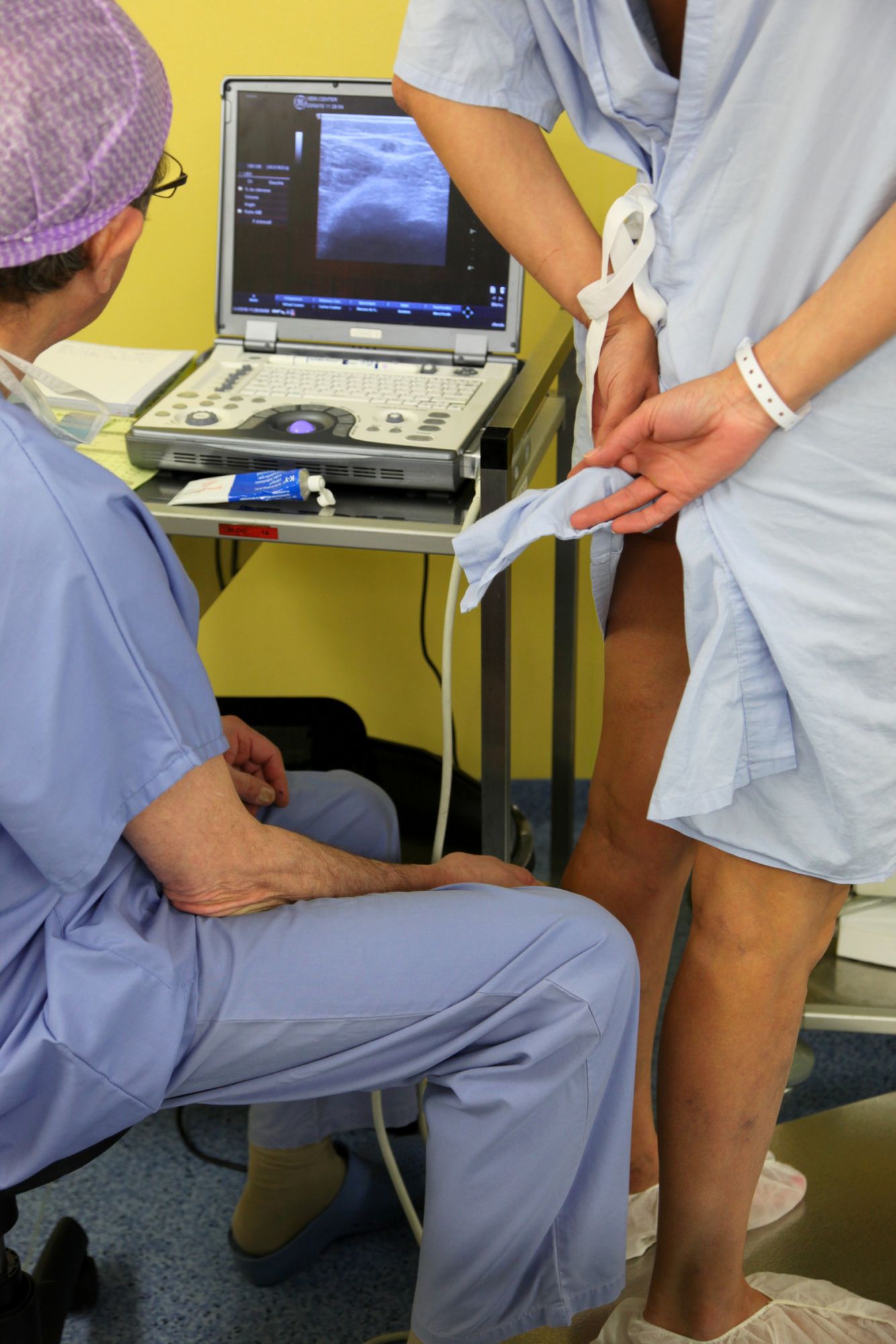-
 Agonist
Agonist
-
 Adenoma
Adenoma
-
 Immunodeficiency
Immunodeficiency
-
 Albinos
Albinos
-
 Brinelling
Brinelling
-
 Chelicerae
Chelicerae
-
 Brazing
Brazing
-
 Electronic data interchange
Electronic data interchange
-
 Pterophile
Pterophile
-
 Epilepsy
Epilepsy
-
 Etna
Etna
-
 Caprimulgiformes
Caprimulgiformes
-
 Protein
Protein
-
 Eutrophic
Eutrophic
-
 Patina
Patina
-
 Stalactite
Stalactite
-
 Red panda
Red panda
-
 Glycine
Glycine
-
 Thoracic cavity
Thoracic cavity
-
 Cycloplaegia
Cycloplaegia
-
 Phloem
Phloem
-
 Solar sail
Solar sail
-
 ExoMars
ExoMars
-
 Constellation of Gemini
Constellation of Gemini
-
 Educational software
Educational software
-
 Higgs boson
Higgs boson
-
 Direct access
Direct access
-
 Ecological corridor
Ecological corridor
-
 Ethernet
Ethernet
-
 Benthic
Benthic
Doppler
The Doppler investigation is used to study blood flow in arteries and veins. It also provides information about the vascular flow and good vascularisation of different organs. It is either performed by an angiologist or radiologist in a hospital or in a private centre.
Doppler investigation - the process
"The Doppler effect" was first described by an Austrian physician, Christian Doppler. In particular, it forms the basis of the way radars operate. In haemodynamics it is used to analyse the speed of blood flow. It is a particularly useful in patients with cardiovascular risk factors (smoking, diabetes, hypertension or high cholesterol) as it shows the actual age of the patient's arteries. It can also identify clots (for example in venous thrombosis), stenosis, or abnormal dilatation of arteries.
The investigation process
The Doppler uses ultrasound. It works on the same principle as ultrasound, with which it is often combined. There is no need for specific preparation, anaesthesia, or hospitalisation. An ultrasound emitting probe is applied to the region being examined and is used to visualise all of the arteries in a few minutes.
Possible risks of a Doppler investigation
A Doppler is a non-invasive investigation. It is an atraumatic, painless investigation. It can be performed at any age. It also has no contraindications.
Sources:
- Société française d'angiologie, consulted on 25 October 2010 ;
- Besançon University Hospital, consulted on 7 January 2010.
 Doppler can show varicose veins for example © Cyril Comtat
Doppler can show varicose veins for example © Cyril Comtat
Latest
Fill out my online form.



